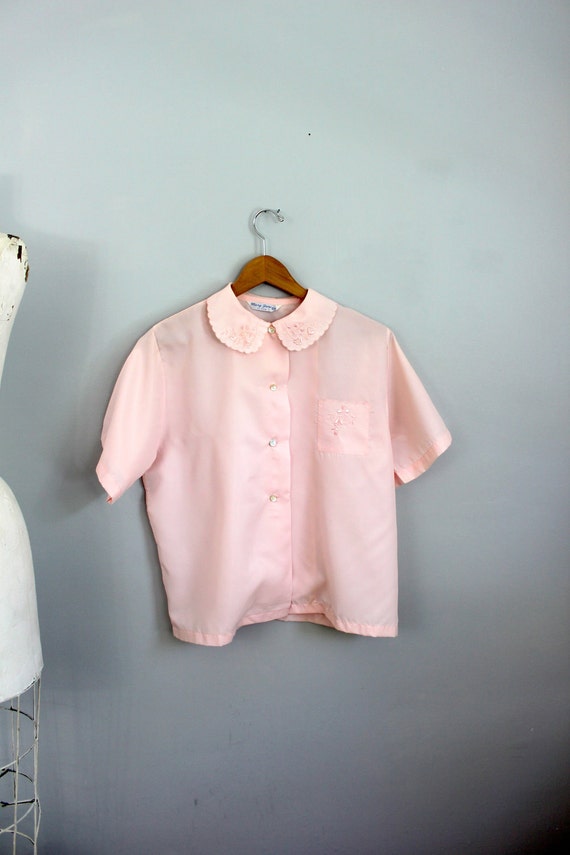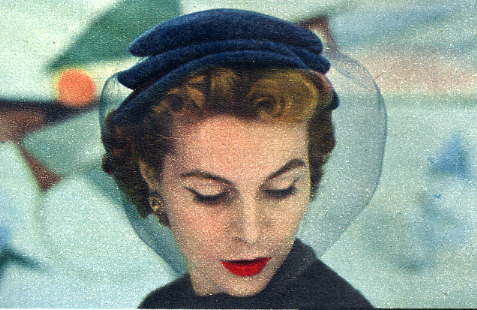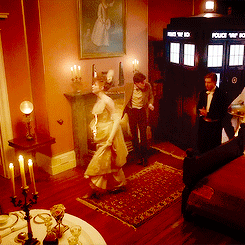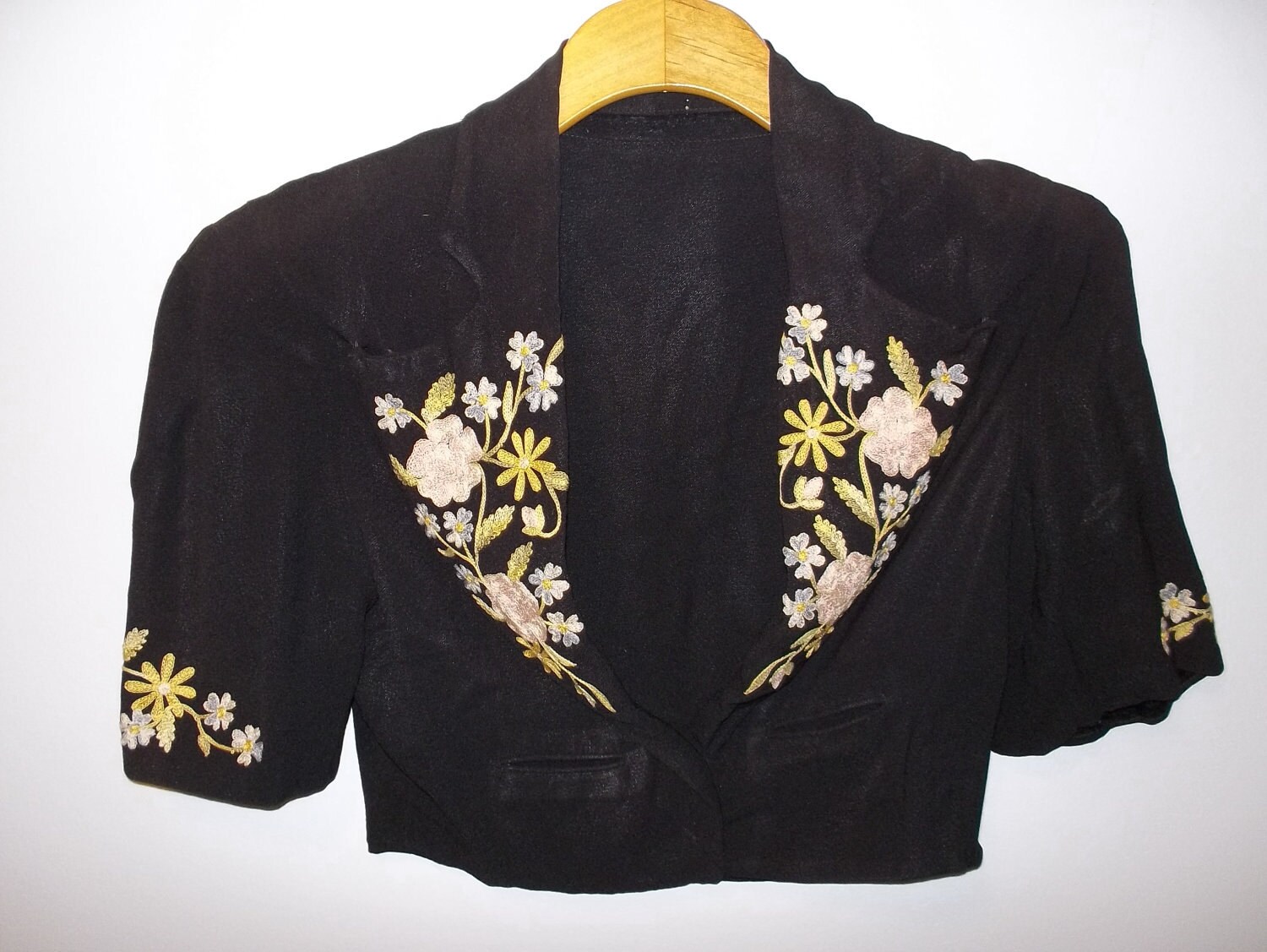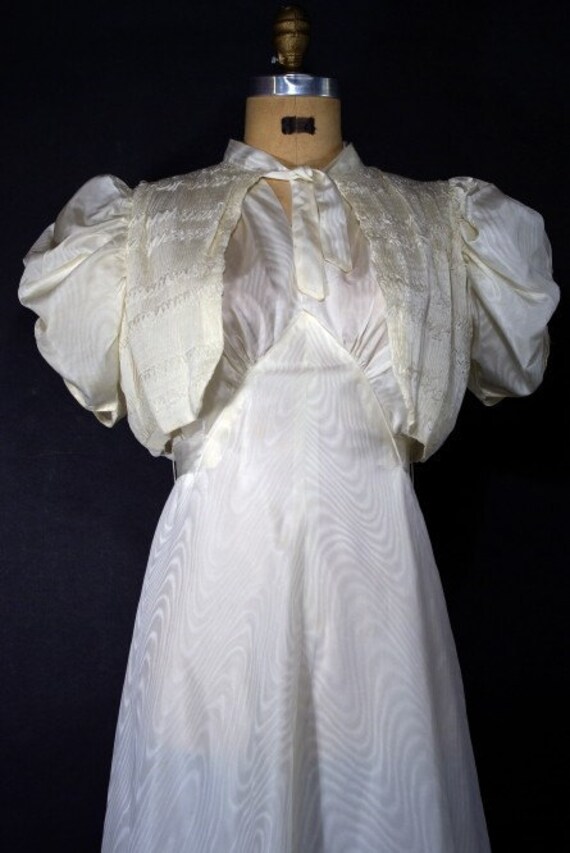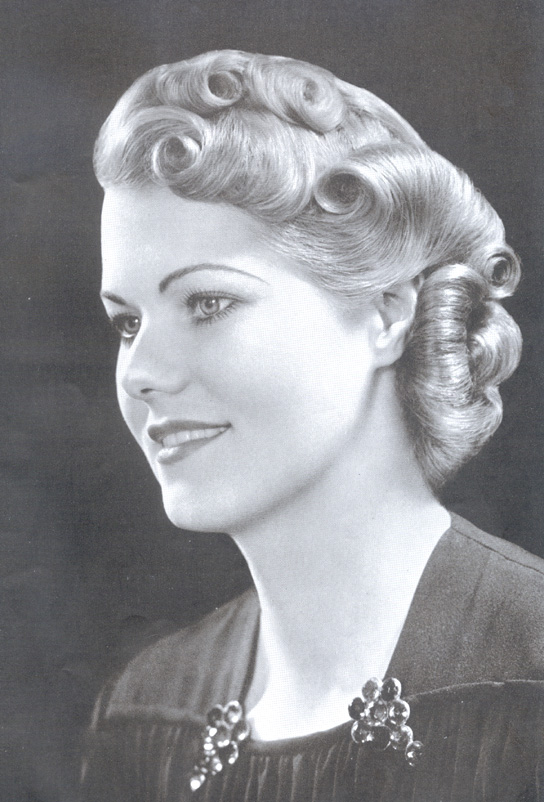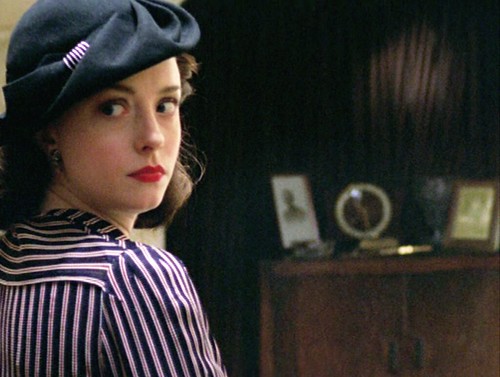In 1939, the world was once again thrown into war when Britain and France (along with smaller countries of the British Commonwealth) declared war on Nazi Germany after Germany invaded Poland. The war lasted for six years, finally ending on September 2nd, 1945, just a day after its six-year anniversary. Once again, women were called to the workforce in the absence of men, perhaps even more so than during World War I. In several allied countries (and in Axis countries as well), it was one's patriotic duty to do something,
anything for the war effort. Women's clothing of the decade reflects this with simple, sturdy cuts and textiles made for years of work and wear.
Now, I'm like the majority of people in that when I think of the 1940's, I think of World War Two. It's unavoidable that the war was a defining event of the decade. But now that it's time to look at the 1940's as a whole, I can't help but wonder, how did fashion change in the five years after the war? Let's find out.
Let's start with the World War Two years and work our way to the end of the decade. By 1940, Europe was already a year into the war, and in the early years of the decade, most of the Western World rationed fabric, as well as completely requisitioning all silk and nylon for military purposes. Women entered the workforce in the place of their absent husbands, brothers, fathers, and sons, and those in more hands-on jobs began to wear trousers out of necessity.
Those who didn't don a welder's helmet or a mechanic's coverall sported simple silhouettes with squared off shoulders, skirts just below the knee, and modest, unobtrusive colors.
 |
| Source. This collar was very popular during wartime. |
According to Wikipedia, several fashion magazines gave instructions on how to remake men's suits into women's outfits. After all, they were just hanging in the closet, and it was free fabric. The government encouraged reusing clothing with slogans such as "
Use it up, wear it out, make it do!" and "
Make do and mend."
In addition to dresses and suits, trousers were carrying over into the fashion world (but they wouldn't be widely received until the 1950's). Vests, skirts, and blouses were also popular.
The war finally ended in 1945, and the wheels of fashionable progress were turning once again. In 1947, Christian Dior released a style of dress that was dubbed "The New Look." These dresses foreshadowed the 1950's, with longer, fuller skirts, accentuated tiny waists, and full busts. To top it all off, Dior used an exorbitant amount of fabric to create these new dresses, which was a far cry from the strictly rationed fabric of the first half of the decade. Luxury fabrics like silk and colors also came back in full force, almost like a celebration of victory and the joy of being on the other side of the worst war the world had ever seen.
Evening wear was also revolutionized in 1947 , when strapless dresses with long, full skirts and plenty of decoration and details first hit the runways.
Hair was commonly worn in shoulder-length curls, with popular "victory rolls" on the top of the head, or waved bangs framing the face, or low buns at the nape of the neck with pin curls. Women experimented with intricate hairstyles that all had one thing in common: lots and lots of curl.
Hats were much like those of the 30's, medium-sized, with creative decorations and worn at a jaunty angle. While everything else during World War Two remained simple due to rationing, the materials used in hats were not rationed, so milliners continued to make them fancy and fun.
Here's a WONDERFUL article on hats during World War Two.
Next week, we'll take a look at the 1950's, the Golden Age of Hollywood and (for those of you keeping score at home) the last installment of this leg of the Decade Wednesday journey. Tune in next week for the dramatic conclusion! Until then,
flip through a LIFE magazine from 1942, and
experience World War Two in real time. See you next week!




